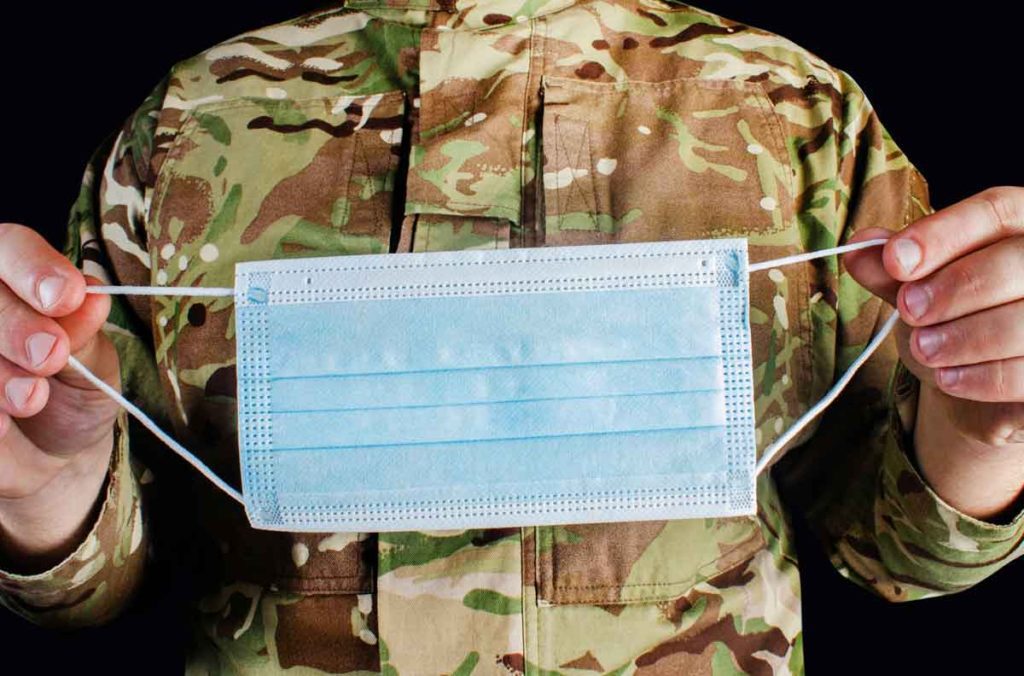Courtesy of Bariatric News • Oct 9, 2019 06:37 am
By Owen Haskins
EndoGastric Solutions has announced the publication of clinical data confirming that concomitantly performed hiatal hernia (HH) repair and the Transoral Incisionless Fundoplication (TIF 2.0) procedure using the EsophyX device, is an effective treatment for patients with a HH larger than 2cm contributing to their gastroesophageal reflux disease (GERD). These data were featured in the study, ‘Efficacy of concomitant hiatal hernia repair and TIF 2.0 Procedure for GERD’, published in Surgical Innovation, and includes the largest prospective series of patients who have undergone this concomitant approach (HH+TIF 2.0).
“The results of this study, which comprised the largest patient cohort and longest follow-up time for the evaluation of HH+TIF, further confirm that the combined approach is safe and effective in addressing both aspects of the anti-reflux barrier,” said Dr Peter Janu, a general and vascular surgeon at Ascension Medical Group in Wisconsin and lead author on the publication. “In addition, our data suggest that combining the two procedures and definitively addressing any hiatal defect may have a positive impact on efficacy and durability of reflux control.”
GERD, a chronic condition affecting almost 60 million Americans, is one of the most frequent disorders presenting in primary care and community practice settings. Many of these patients also present with a HH, a weakening in the diaphragm resulting in a portion of the stomach protruding into the thorax. The patient’s diaphragm along with the gastroesophageal valve (GEV) is known to contribute to the body’s natural anti-reflux barrier. Previous studies have shown that both TIF 2.0 and laparoscopic HH repair each contribute about 50% to the reflux barrier.
The study evaluated 99 patients enrolled at one of two community practices who were followed for 12 months post-HH+TIF. Key findings include:
Decreased use of PPI’s – daily proton pump inhibitor (PPI) usage declined from 60% at baseline to 11% at 6 months. At 6 and 12 months, 70% and 74% of subjects, respectively, reported never using PPIs.
Symptoms of heartburn, regurgitation, and difficulty swallowing improved following HH+TIF.
GERD Health-Related Quality of Life (GERD-HRQL) scores improved by 19 and 17 points at 6 months and 12 months post-HH+TIF, respectively, indicating no symptoms or noticeable but not bothersome symptoms.
“The subject-reported symptoms of GERD were significantly reduced across all validated questionnaires used to assess effectiveness, demonstrating greater symptom control following HH+TIF,” said Dr Peter Mavrelis, a gastroenterologist at Methodist Hospital in Indiana and senior author on the publication. “Our study confirmed the efficacy of this approach with regard to quality-of-life improvement, symptom control, and reduction in PPI use.”
In addition, the median Gastro-Esophageal Reflux Symptom Score (GERSS) decreased from 25.0 at baseline to 2.0 and 1.0 with 86% and 90% of subjects reporting effective control of their symptoms (GERSS < 18) at 6 and 12 months of follow-up, respectively. The median Reflux Symptom Index (RSI) scores decreased from 26 points at baseline to 15 and 16 points at six and 12 months, indicating a return to normal reflux status. At six and 12 months, 60% and 77% of subjects, respectively, reported effective control of laryngopharyngeal reflux symptoms. Finally, the proportion of subjects satisfied with their health condition increased from 8% at baseline to 70% at both 6 and 12 months. No adverse events were reported and subjects did not report any increase in side effects that typically occur with traditional surgical fundoplication, including gas bloat, inability to belch or inability to vomit. “The results of this study further support that concomitant laparoscopic HH repair and endoscopic TIF 2.0 valve reconstruction provide an effective solution for treating reflux without the adverse events associated with traditional surgical antireflux procedures,” said Skip Baldino, President, and CEO of EndoGastric Solutions. “These findings are important because they demonstrate that a larger population of patients (those with HH >2cm) could benefit from and should be considered candidates for surgical treatment of their refractory reflux disease.”



